Innovation for a
Foodservice Revolution
Scott Richardson talks pioneering technologies that modernize foodservice environments at breakneck speed.
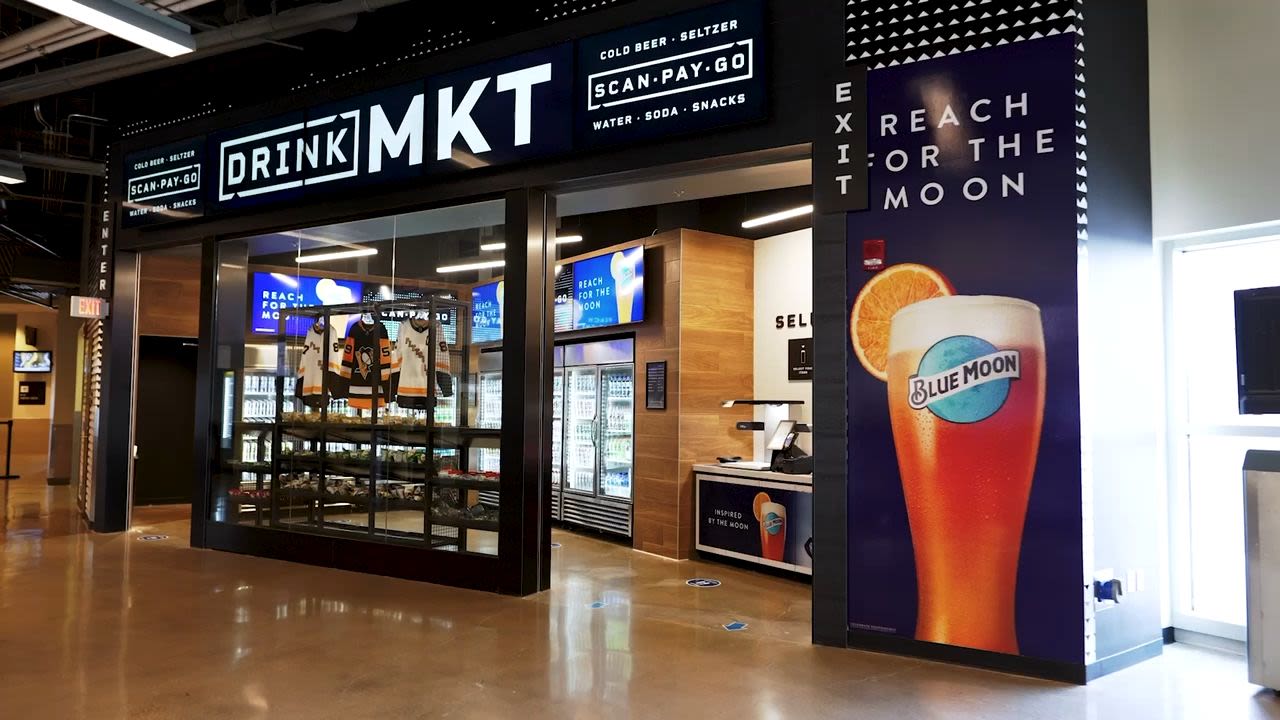
Foodservice,
we have a problem.
It’s no secret that human resources are in short supply these days. From small, independent restaurants to sports and entertainment arenas and national hotel chains, an understaffed industry struggles to deliver the consistent, high-quality service that consumers demand.
Restaurants are short
3 million workers.
58% of hospitality workers intend to leave their jobs.
Hotels are operating
with 70% of the housekeeping staff they need.
Leverage foodservice and hospitality tech trends that increase efficiency and elevate guest experiences.
For Scott Richardson, Founder & CCO of Richardson Design, there’s only one way forward: automation technology. Here, he shares top technologies that smart operators are implementing to relieve post-pandemic tensions.
Consumers demand more:
Faster service.
More menu options.
Order ahead to skip the wait.
BUT...
Technology enables us to do more with less.
Self-service solutions
Centralized menu systems
Cashier-less checkout
Q: "What automation trend is most common today?"
SR: Many of our clients are transitioning to entirely new customer service models. Self-ordering and self-payment have been growing in popularity over the past for a few years and are now becoming almost commonplace. Initially implemented for health and safety reasons during the height of the Covid-19 pandemic, the QR code menu seems to be here to stay as we’re now seeing the technology used to combat current staffing shortages.
I recently returned from Europe where the QR code has all but completely replaced physical menus in restaurants of every scale and classification. In fast casual and on-the-go environments, consumers are comfortable ordering via kiosk, app or iPad. Guests don’t seem to mind; they can better control their experience without relying on sub-par service.
Q: "Aside from saving on labor, how does technology benefit the business bottom line? "
SR: Ordering technologies have the potential to expand the service footprint in certain environments. I was recently sitting in a hotel lobby where I wouldn’t typically expect to receive bar service. Using the QR code affixed to a nearby coffee table, I was able to order cocktails, automatically have them billed to my account and have them delivered to our lounge seating section. This was obviously convenient for me, but beneficial for the bottom line as it broadened the bar revenue footprint well beyond the on-site restaurant.
Q: "What are some other ways you’re seeing guest self-service come to life?"
SR: Serve-yourself beer and wine stations are standing up inside traditional restaurant concepts. When guests can pre-pay by the ounce and use a card or a wristband to pour themselves, they’re more likely to explore different tastes and linger longer.
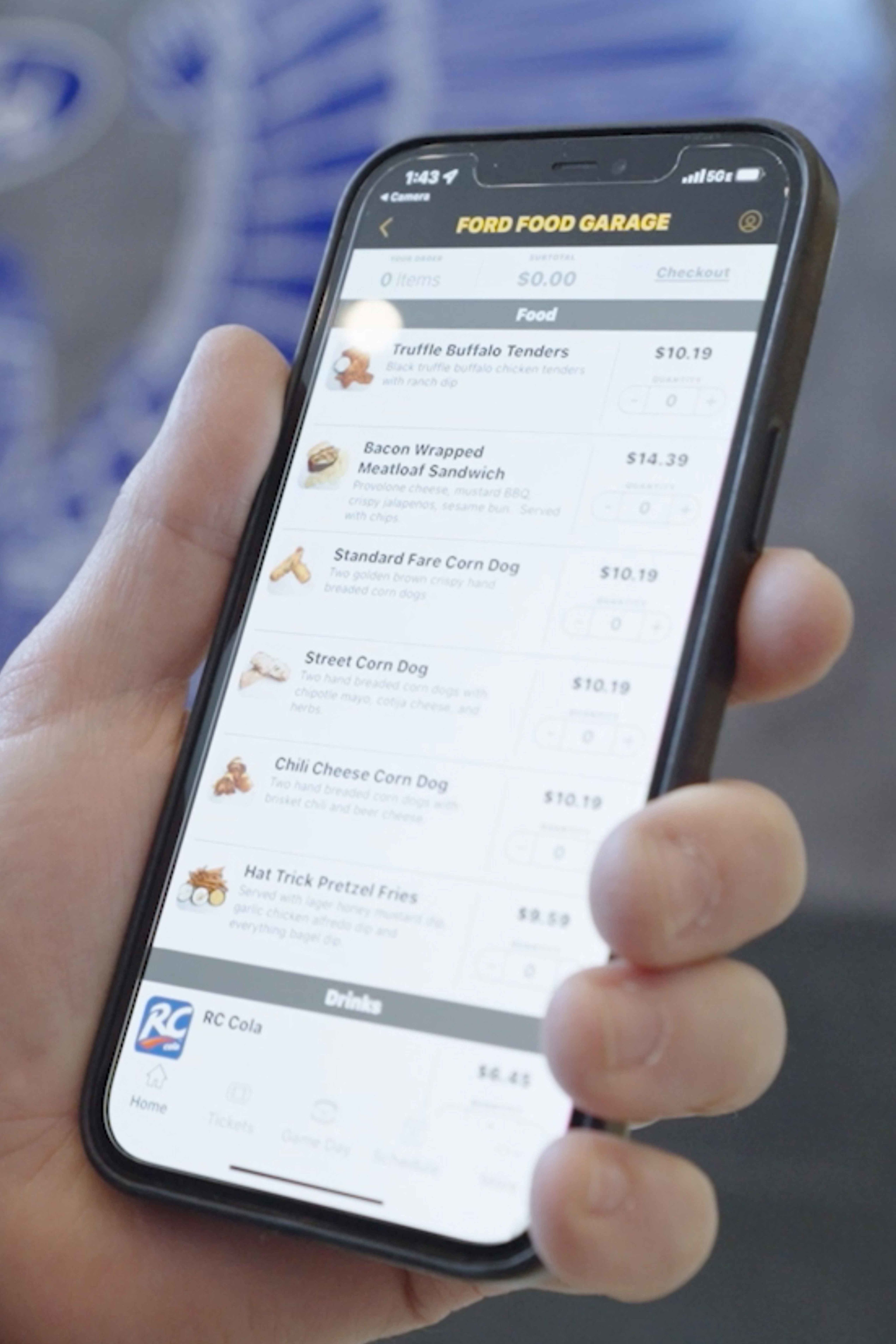
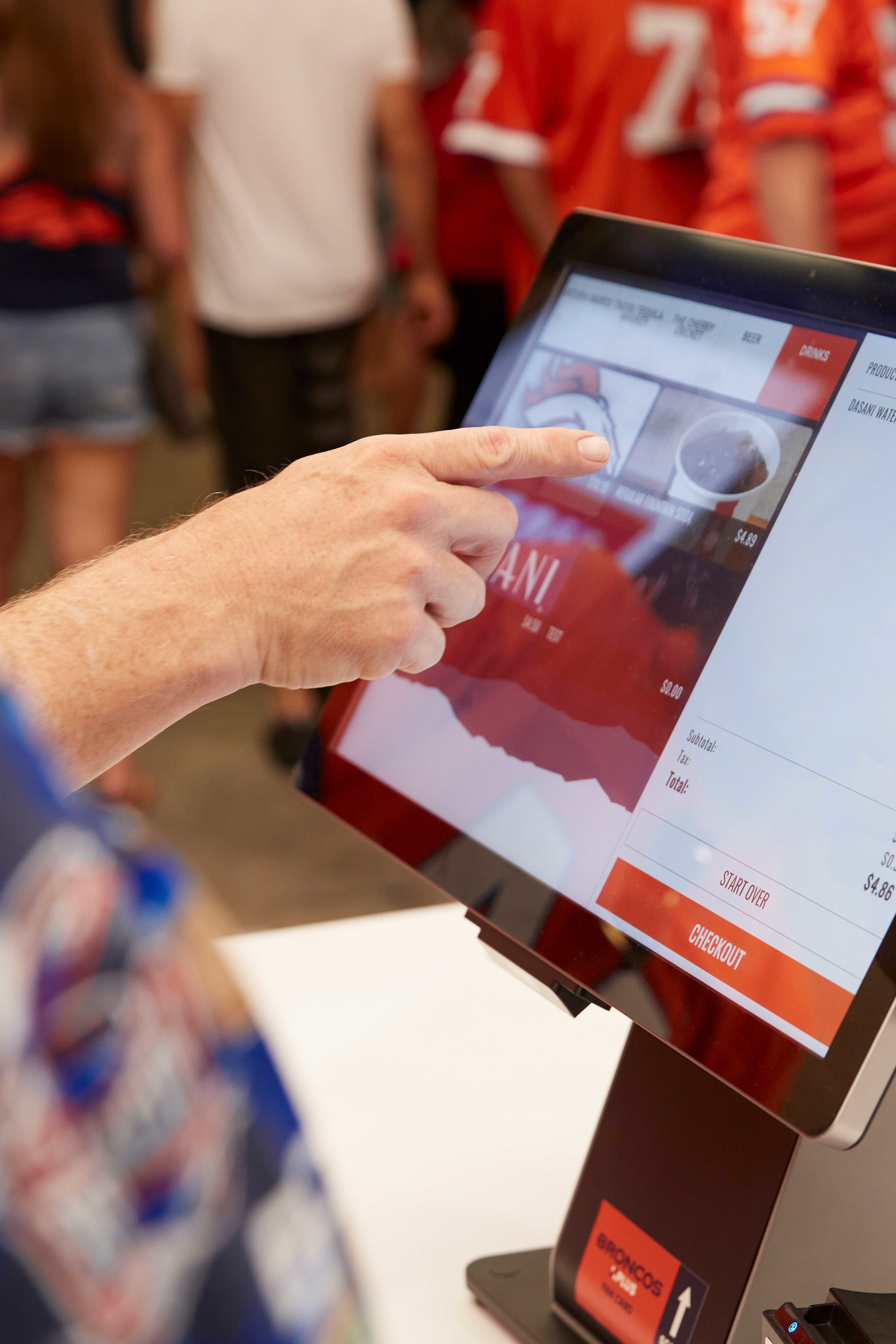
FROM OUR PORTFOLIO:
Antonio’s Pizza, a landmark restaurant, was ready to make a bold move.
In the past, their locations were built only for the delivery and pick up operational model. But the owners identified a demand and saw value in creating an adjacent dining space to enhance the guest experience and increase the check average per customer. The restaurant turned to the Richardson Design team to create the new concept.
Part novelty, all efficiency, the look and function of the dining room addition and Brew Wall tap into the preferences of a younger, beer-centric demographic.
RFID wristbands tied to a credit card are activated at the host stand and allow guests to self-pour and pay by the ounce which encouraged them to linger longer (and order more pizza).
Richardson marries traditional Italian design elements with the modern features of the Brew Wall for a balanced customer experience and reduced need for staff. The Brew Wall adds new dining space with the potential to double revenue.
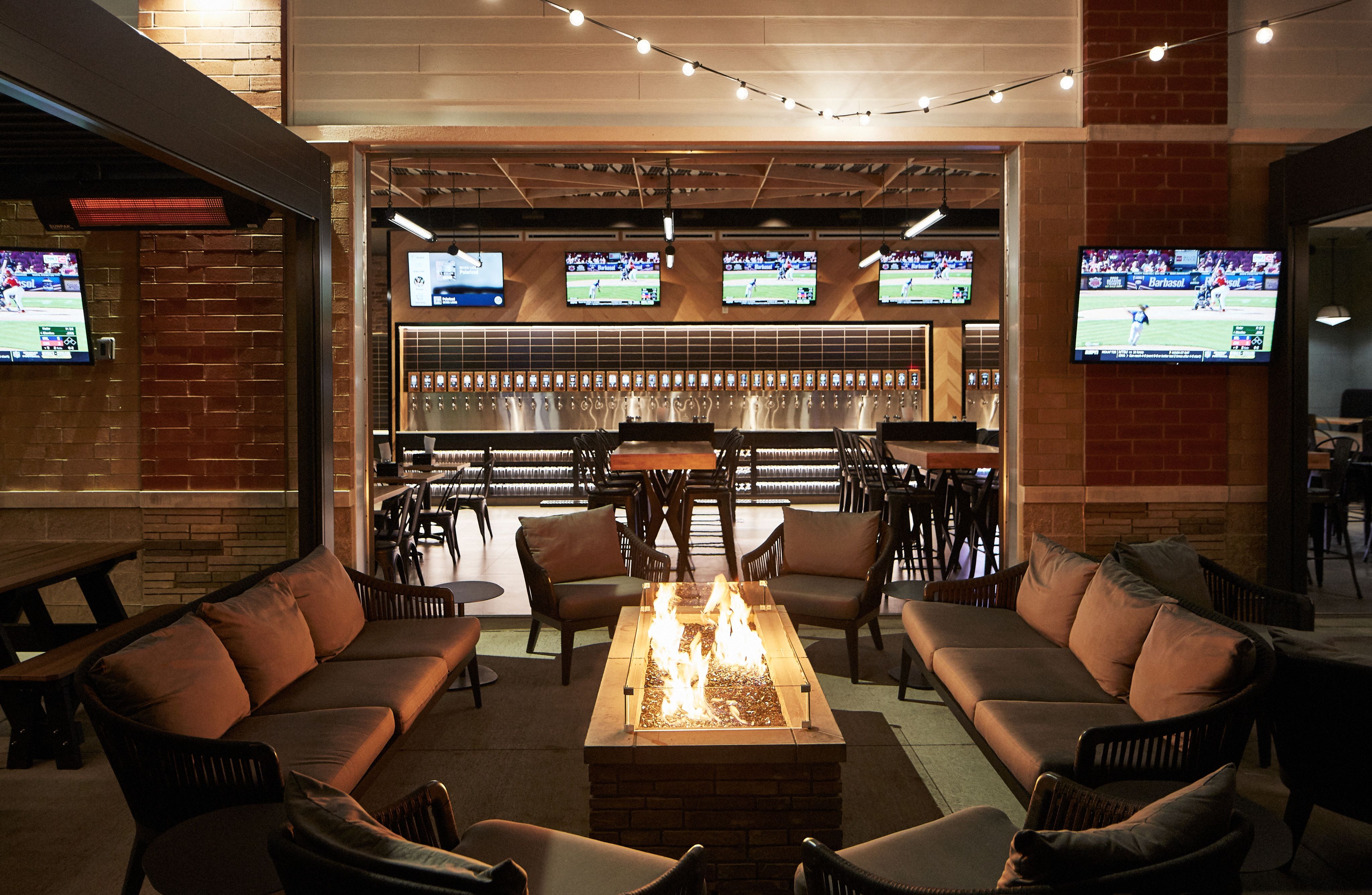
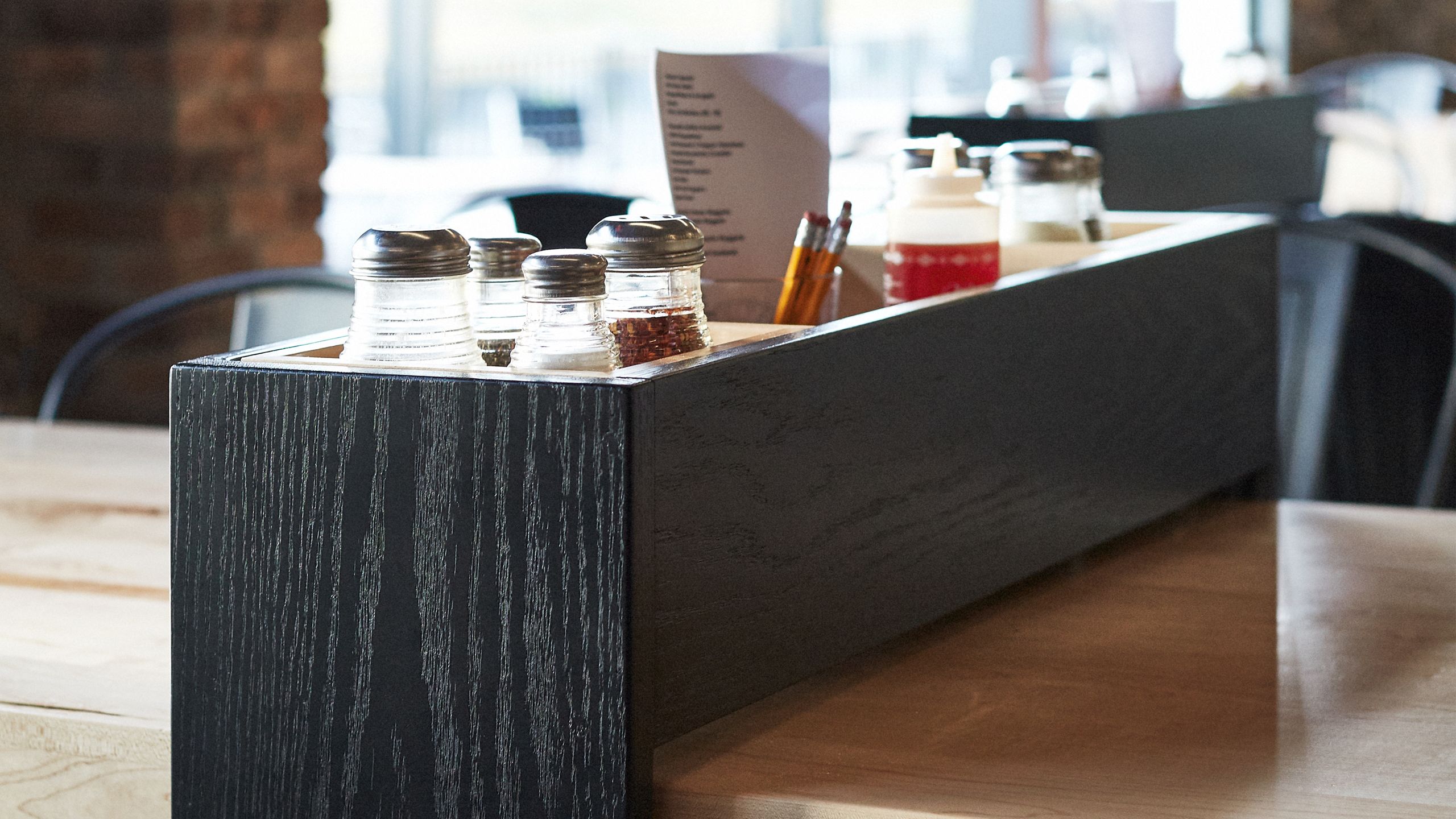

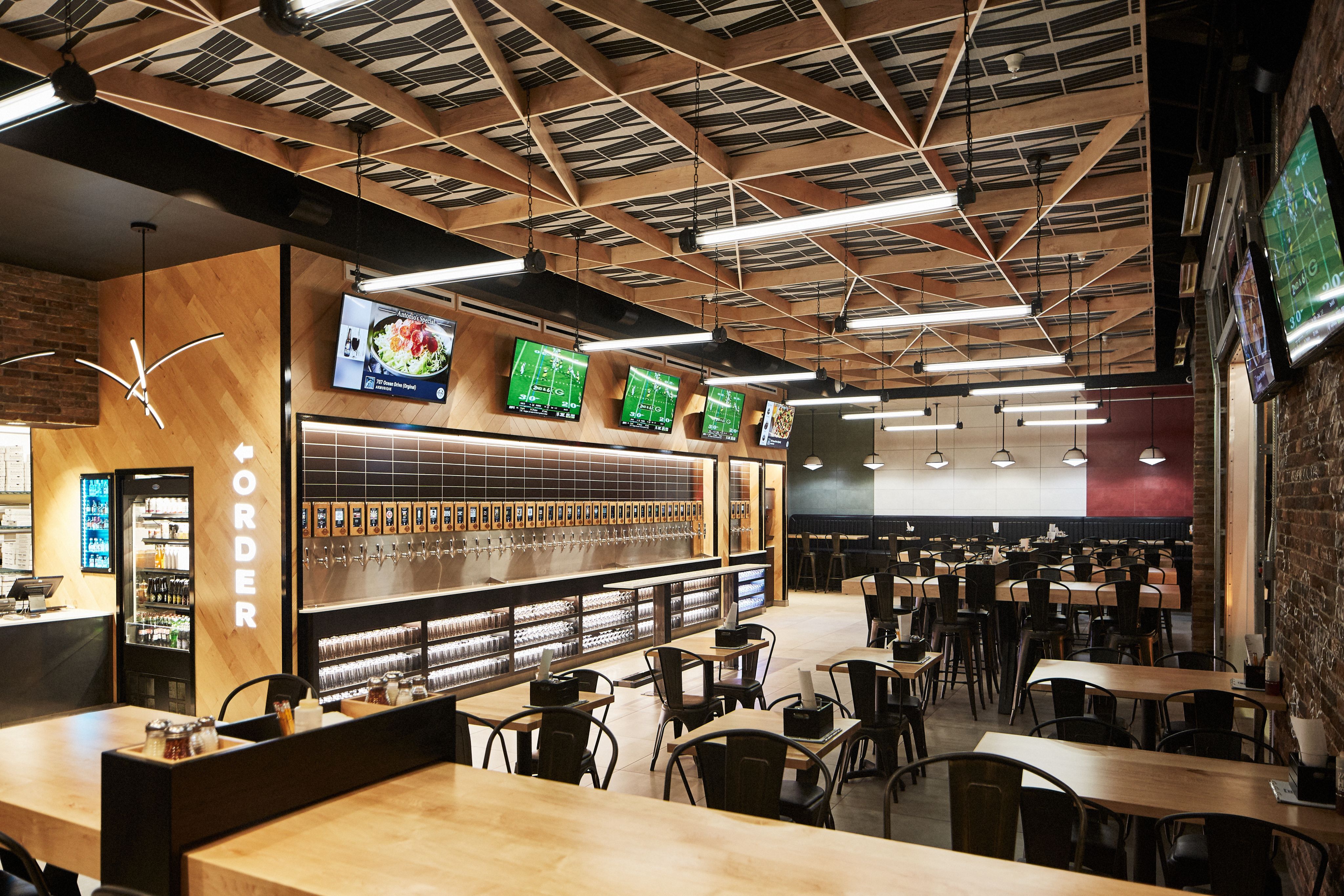
Q: "How can new technologies satisfy consumer demand for more options?"
SR: Self ordering tied to centralized kitchen facilities are popping up in sports and entertainment venues on an ever increasing basis. Traditional concessions – where guests wait in line for a limited menu – will soon be a thing of the past.
Consider a family who attends a football game at a large stadium or arena. Everyone has their own personal preferences for their game-day favorites. With the infusion of these new technologies, they are able to select from multiple food concepts at one central point of sale (POS) system, grab their food and get back to their seats without waiting in line at multiple locations around the arena AND potentially missing that big play.
We recently executed this strategy for Aramark at Pittsburgh’s PPG Paints Area and called it the Hall of Favs. Fans love it!
Q: "What are some of the challenges to adopting new technologies?"
SR: It’s a delicate business to design welcoming environments that are centered around technology. Cashier-less checkout options are still in early stages, but they’re being quickly adopted.
An unconventional technology I hope to see more of is checkout-less purchasing. Guests scan a credit card before entering a concession area, have their purchases tracked via sensors then simply walk out with their items. Technologies like these take a bit longer for fans to adopt, but I’m curious to see how this technology progresses.
Q: "What has surprised you most about these changes?"
SR: I’m surprised by the pace of change. Our clients have adopted significant technology solutions with very little friction from their guests. Most of our new projects opt for automation technology wherever possible.
Q: "What technologies are on the rise in the future?"
SR: In the short-term, we’re seeing more retina and finger scan payment systems. We’ve also seen trials of off-premises labor taking orders at fast food locations. I believe AI facial recognition is on the horizon. Arenas in Europe are already utilizing facial recognition technology for ticketing at sporting and concert venues. It’s an all-new world.
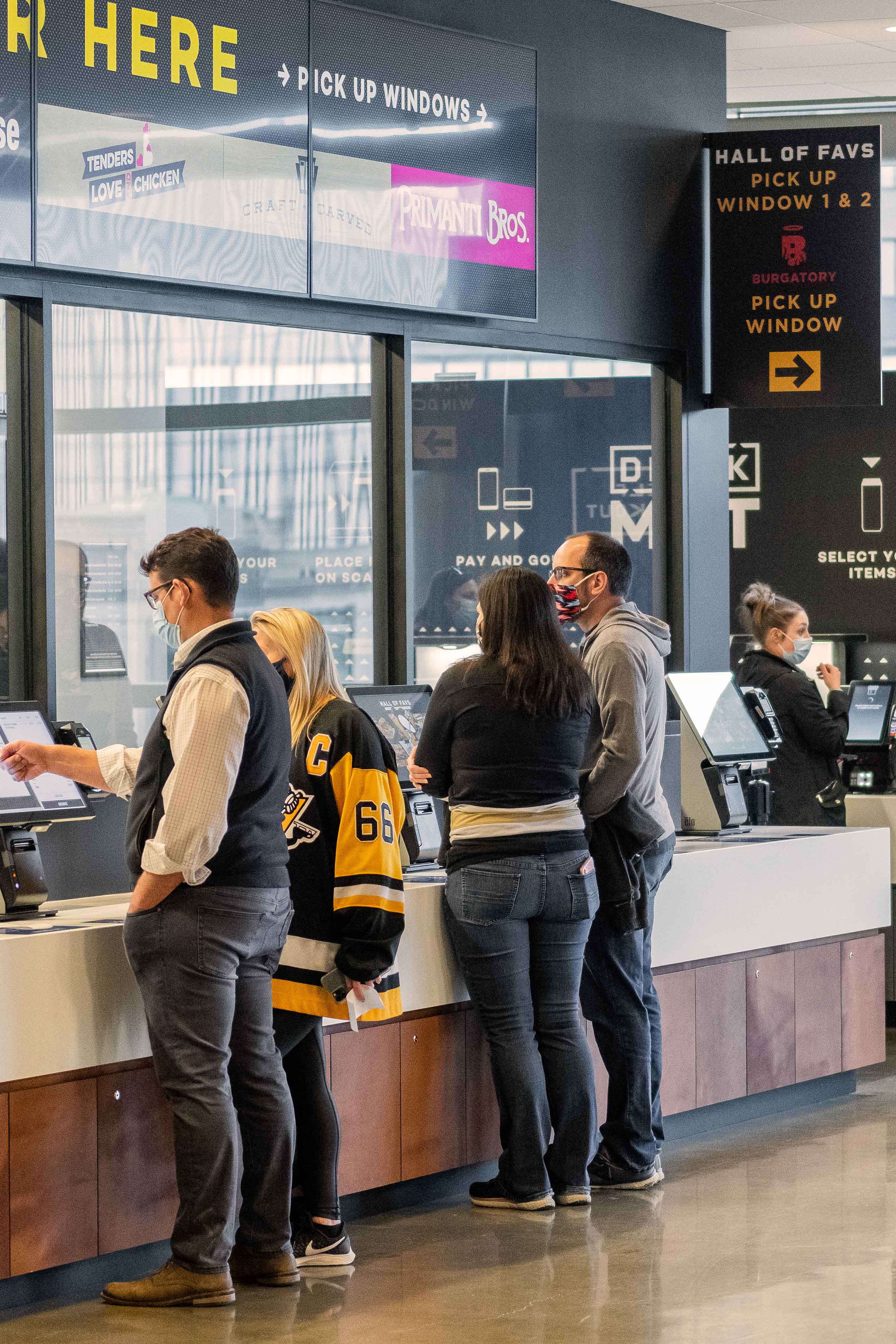
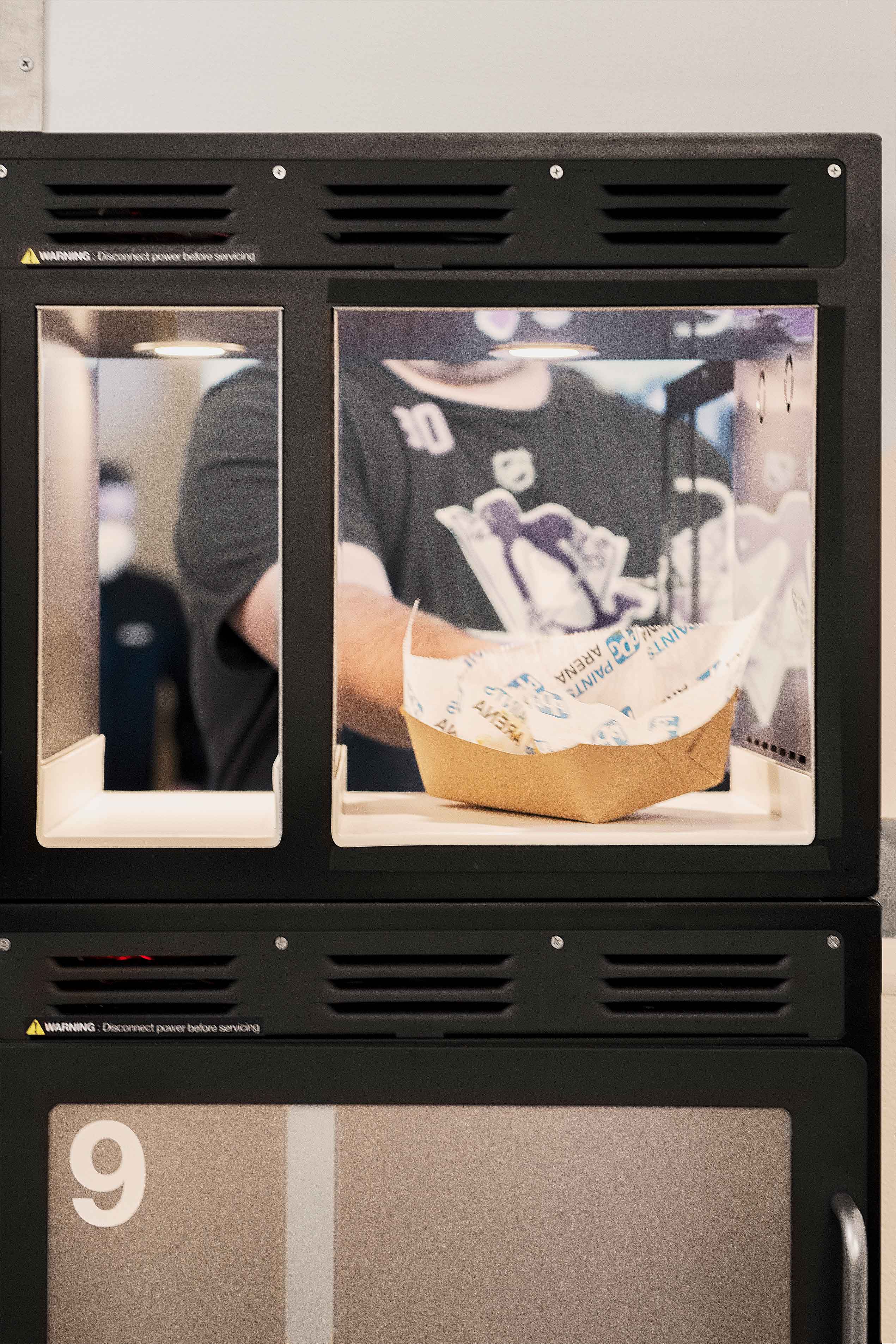
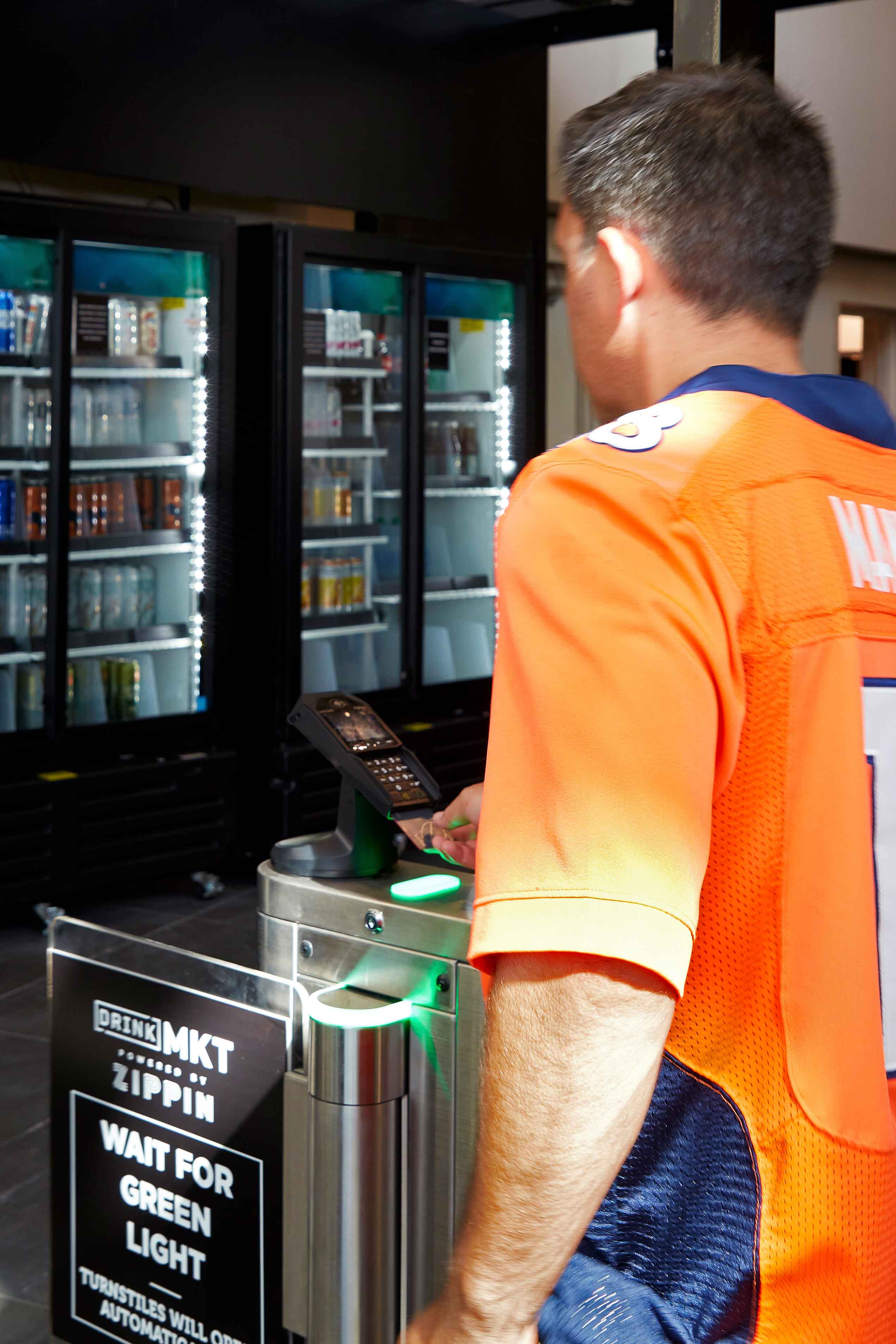
FROM OUR PORTFOLIO:
A New Meaning of Self Service
DrinkMKT at Empower Field uses a checkout-less system powered by cameras and sensors to track the items guests pick up. Swiping a credit card before entering the market eliminates the need for guests to stop and pay at the end.
Final food and drink decisions made, guests walk right out and receive an e-receipt.
At PPG Paints Arena, fans get back to the action faster with two Grab-Scan-Go markets: DrinkMKT and Classics. Guests select their own snacks from baskets or heated hold shelves, and drinks from coolers or self-serve machines.
Using the innovative Mashgin checkout system, guests simply place their items under the self-checkout kiosk, which identifies all items without the need to manually scan them. With just a swipe or tap of a credit card, guests are on their way.
Without staff working registers, long lines are kept to a minimum, and guests move through the payment process faster.
In the Hall of Favs at Pittsburgh’s PPG Paints Arena, Richardson puts a new spin on how guests order classic concessions. Guests have two contact-free options—a kiosk station or mobile app— to suit their ordering preferences.
Whether virtually or at a kiosk, both options connect guests to all the arena’s dining options in one convenient hub.
All orders are ready for pickup directly from the centralized kitchen through a series of grab-and-go windows that deliver the food just in time for hungry fans to return to their seats and dig in.
Denver’s Downtown Mile High at Empower Field also features the option for guests to order from any of the stadium’s dining options through one central hub.
Orders placed on the custom app or at a kiosk wait for pickup at a bay of grab-and-go windows similar to those at PPG Paints Arena.
At both venues, quick ordering and one centralized pickup location streamline service to get guests back to their seats faster to enjoy the event. Bold, simple signage directs guests on how to move throughout the process.
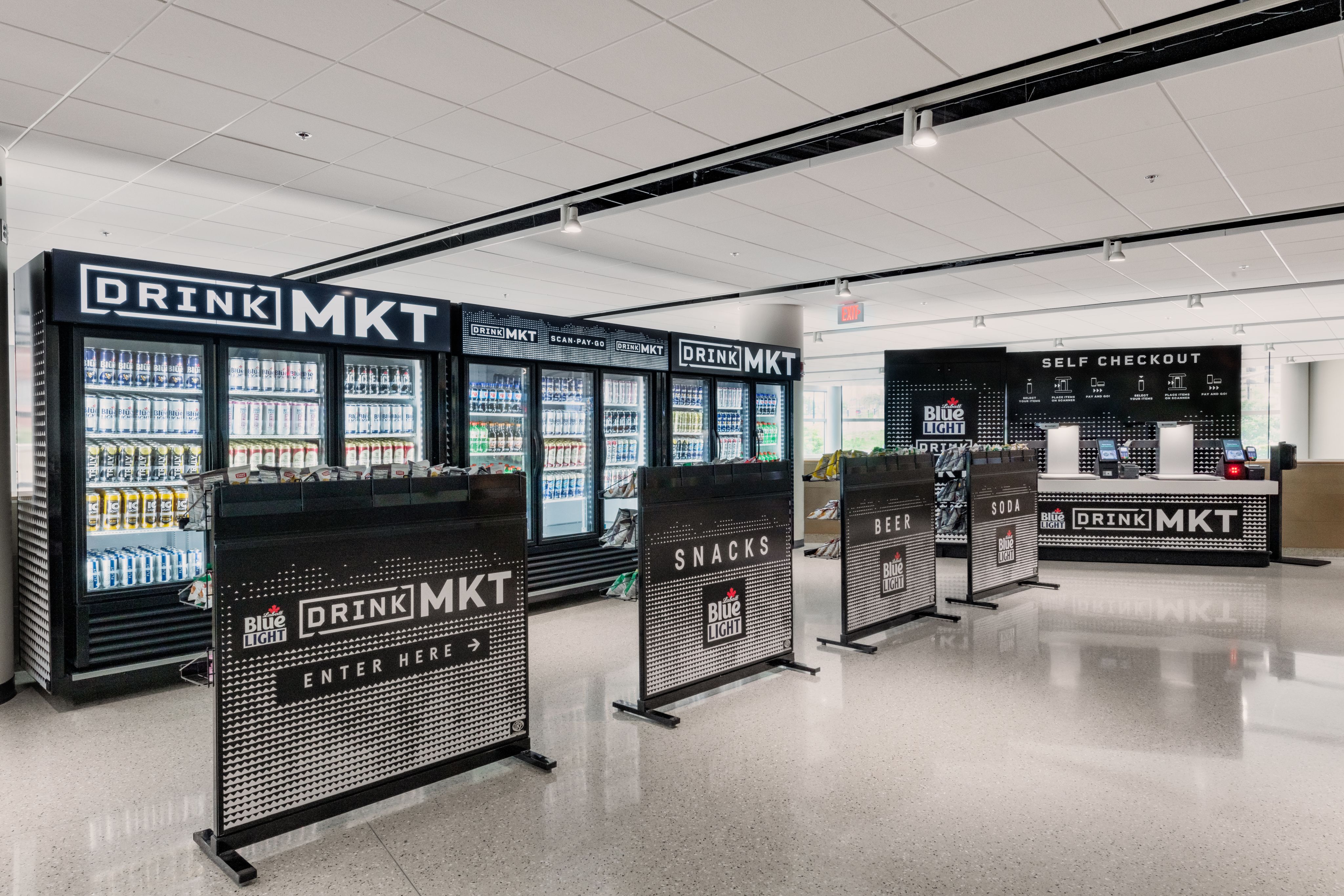
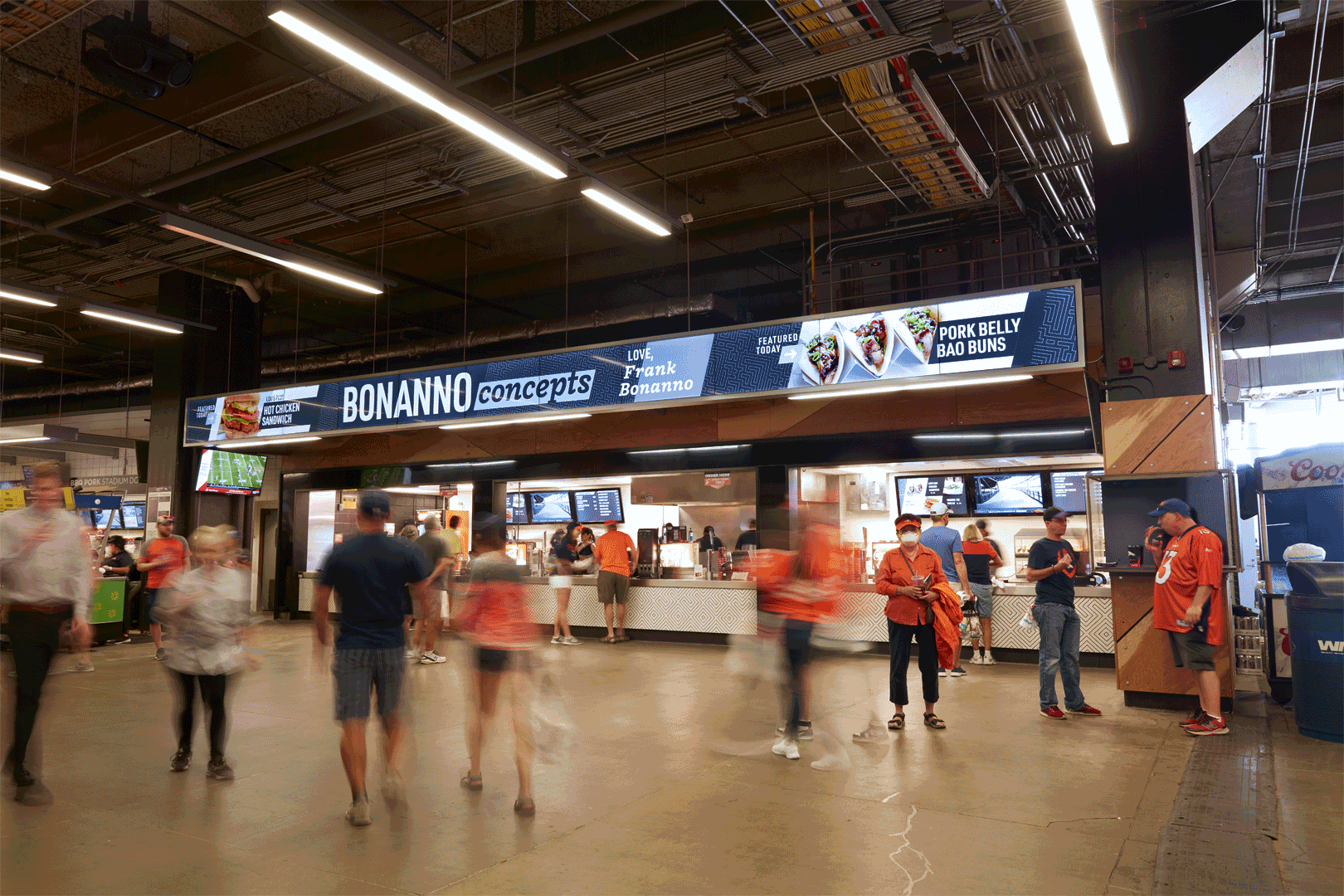
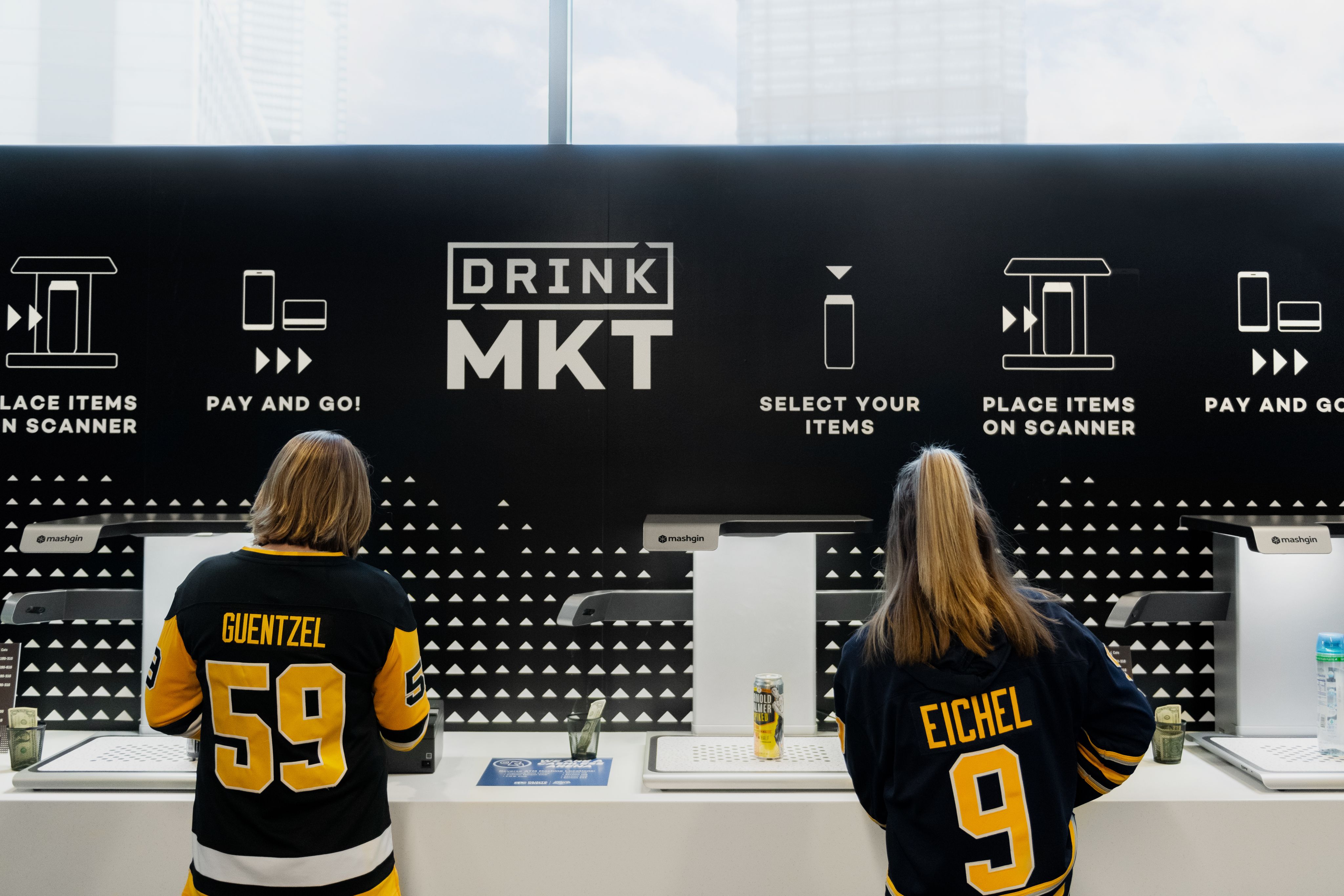
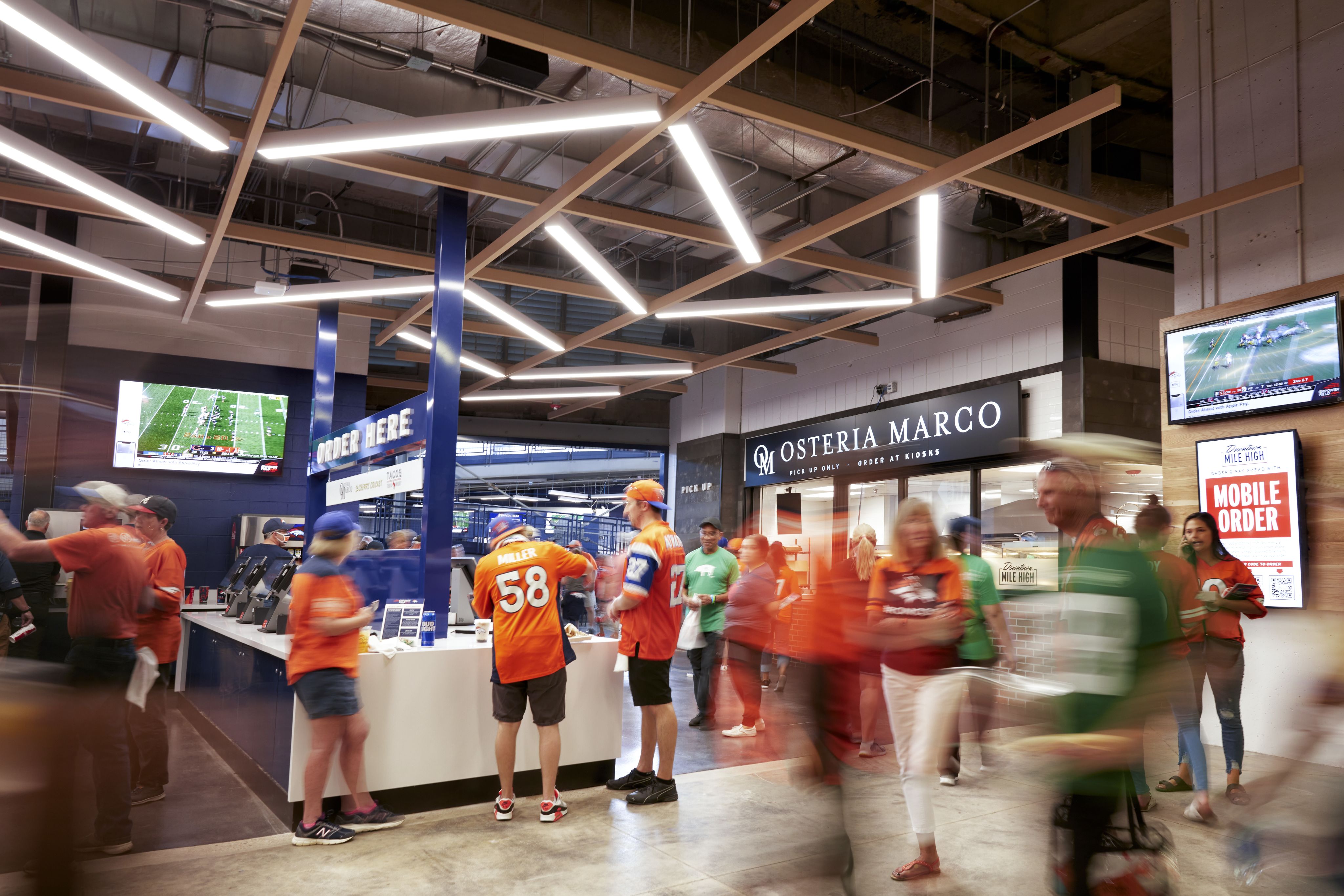
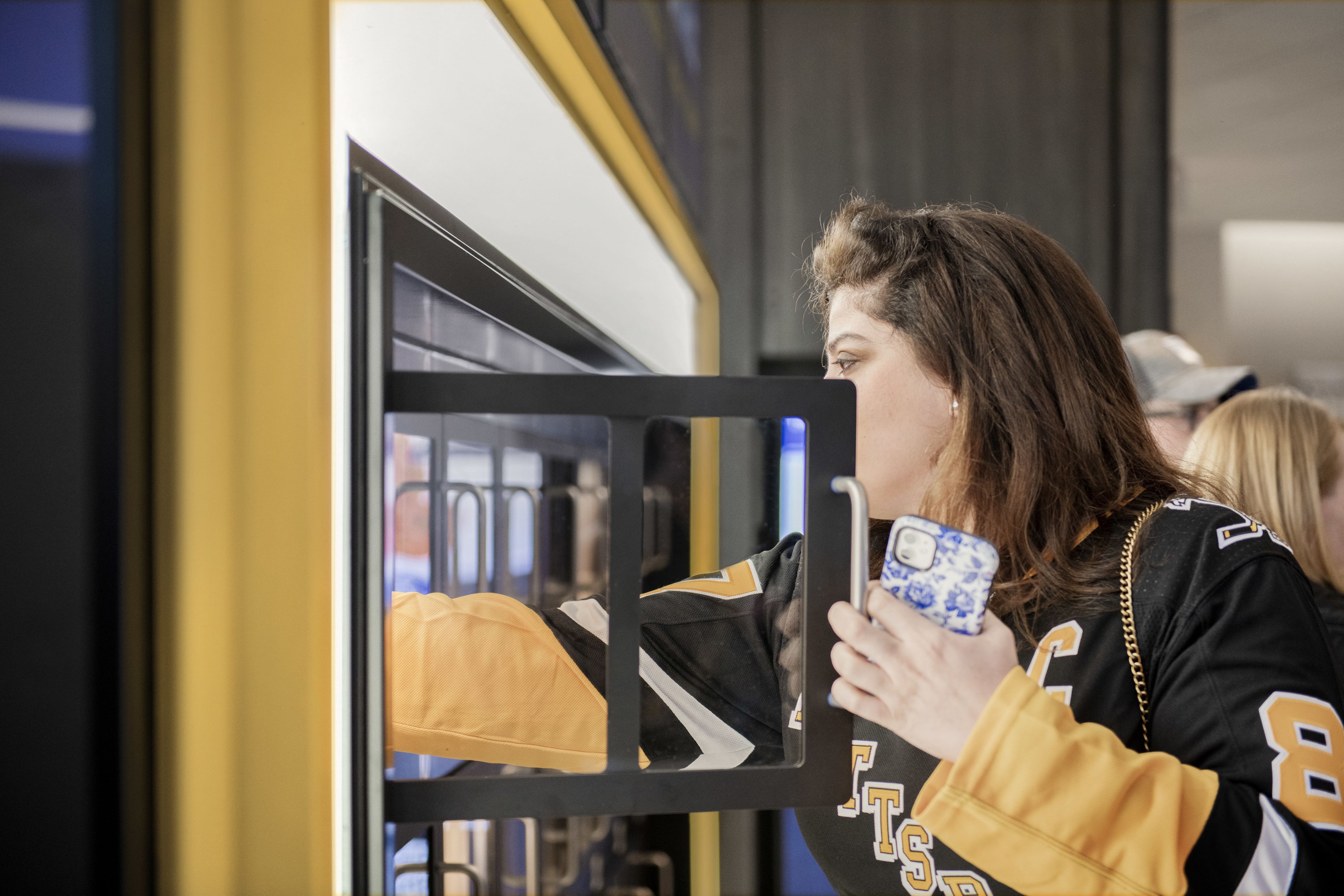
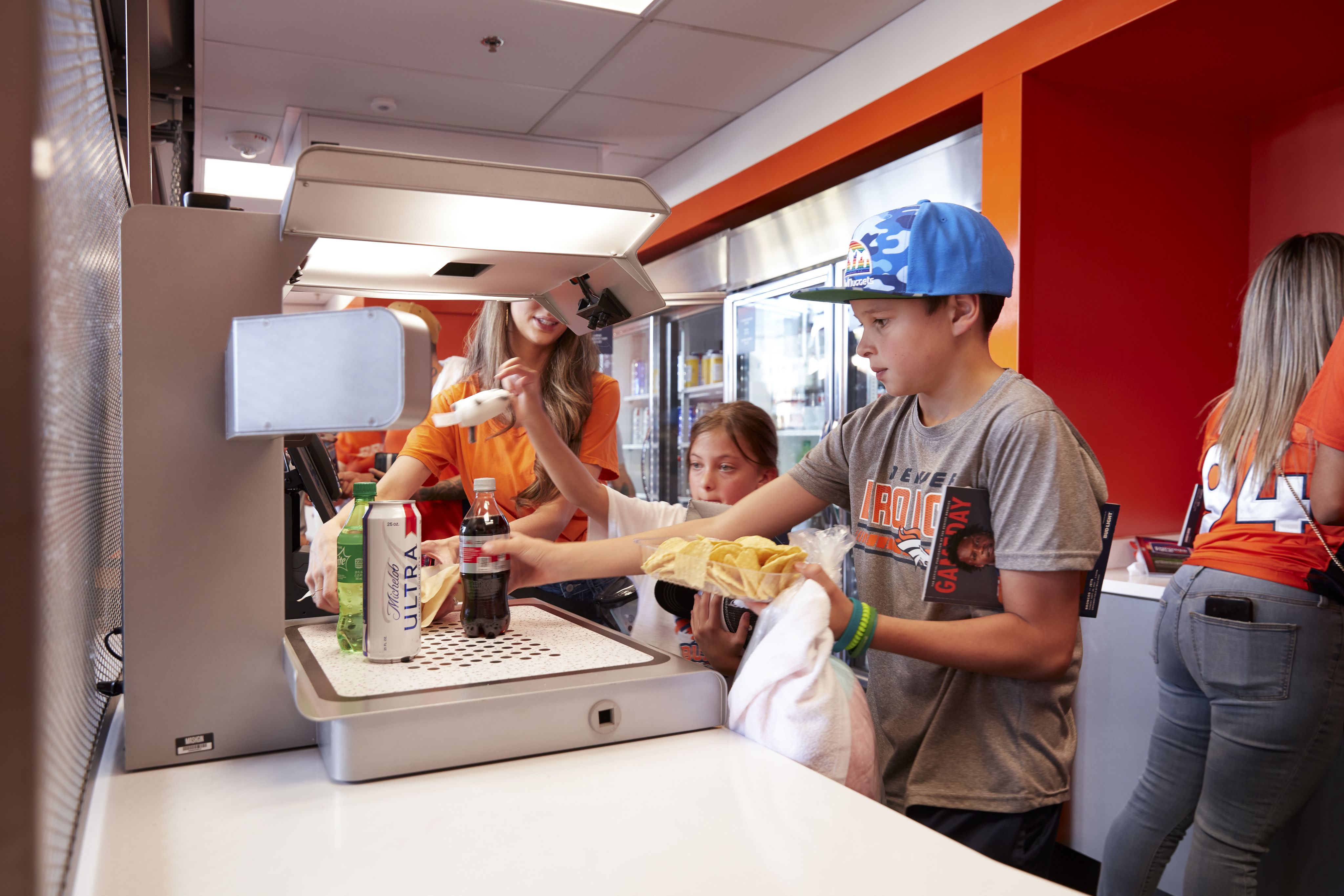
Constraints breed creativity.
Look no further than the current foodservice revolution. With scarce human resources, innovative technologies have stepped up to fill in the gaps. Automation technology is being adopted across the service industry, from independent restaurants to arenas filled with thousands of cheering fans.
The future of automation technology changes rapidly, but it’s safe to assume it will continue to surprise and delight demanding consumers.
Connect with the Richardson Design team to share your vision here.
Photography Credit:
Mile High Stadium, Photo and Video: KP Photo Inc
PPG Paints Arena, Photo: Rob Larson, Video: Christian Lockerman
Antonio's Brew Wall: Paul Sobota
